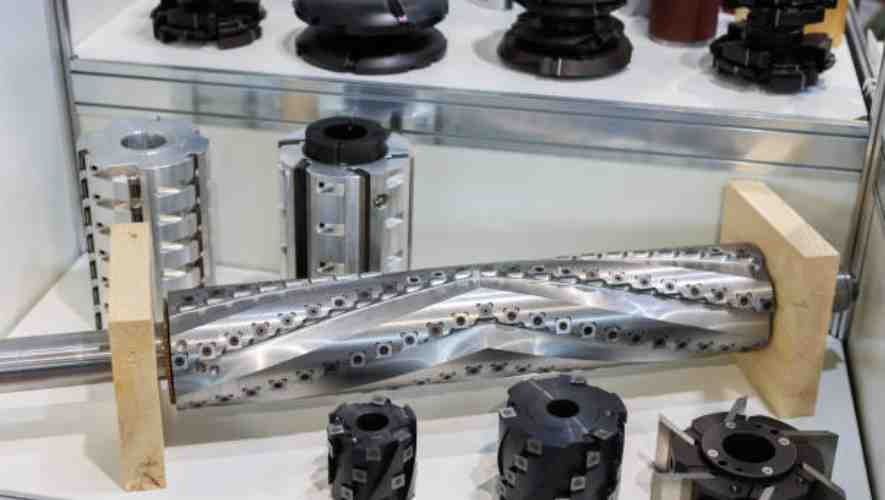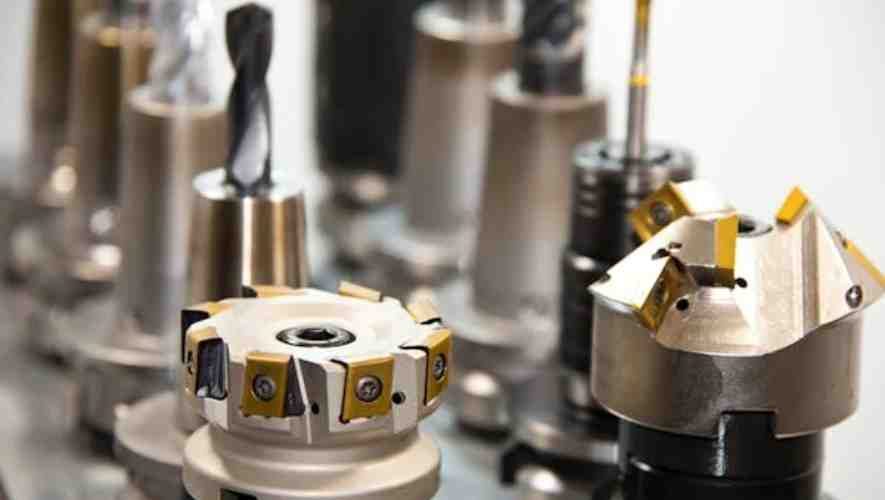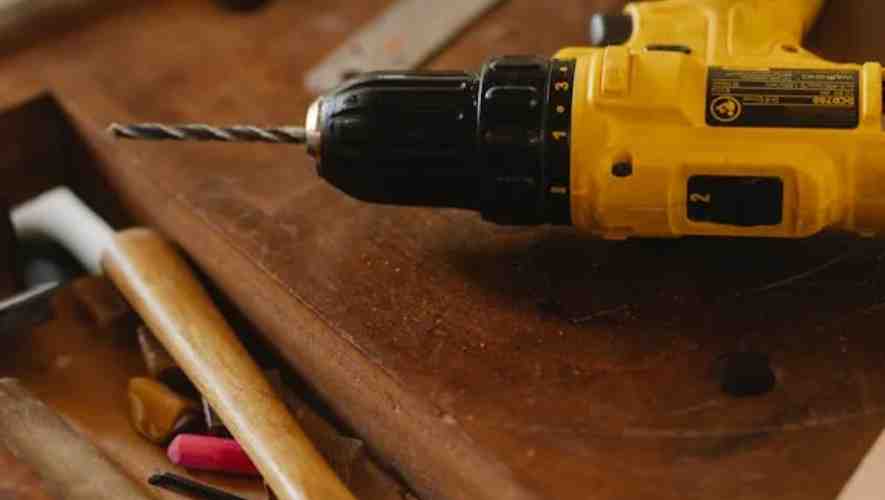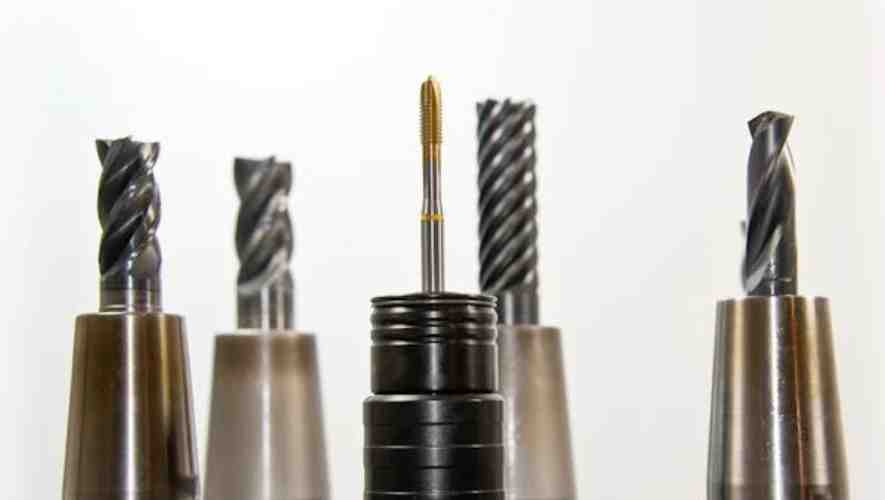When you’re searching for “What is a split point drill bit,” it’s likely because you’re in the midst of a project or planning one that requires precise drilling. Choosing the right drill bit is crucial for accuracy and efficiency, when working with challenging materials. Split point drill bits are often mentioned in contexts where precision and reduced ‘walking’ of the drill bit are essential, but what exactly makes them different?
What Is A Split Point Drill Bit? A split point drill bit features a unique design with an additional angle at the tip, providing better positioning and control. This design reduces the need for a pilot hole and minimizes the ‘walking’ effect, making it ideal for precise drilling tasks.
In this blog, we’ll delve into the specifics of split point drill bits, including their design, advantages, and ideal applications. By the end, you’ll not only understand what a split point drill bit is but also how it can benefit your drilling tasks. Whether you’re a seasoned professional or a DIY enthusiast, this knowledge will enhance your tool selection and improve your work’s outcome!
Design and Engineering of Split Point Drill Bits

Detailed Anatomy of a Split Point Drill Bit
The anatomy of a split point drill bit is characterized by its specialized tip and flute design. The tip is bisected into two halves, each angled more sharply than a standard bit, which provides a self-centering feature.
This split at the tip reduces the contact area during drilling, thereby decreasing friction and heat build-up. The flutes of the bit are designed to efficiently eject chips, maintaining a clean cutting area. This structural design enhances durability and effectiveness, in repetitive or industrial drilling tasks.
Material Composition and Manufacturing Process
The material composition and manufacturing process of split point drill bits are critical to their performance. Typically made from high-speed steel (HSS), cobalt, or carbide, these materials provide the necessary hardness and heat resistance for drilling through tough materials.
The manufacturing process often involves precision grinding to form the split point, followed by heat treatment to achieve the desired hardness. Advanced coatings, such as titanium nitride, may be applied to further increase durability and reduce friction, thereby extending the bit’s lifespan.
Comparison with Standard Drill Bit Designs
Compared to standard drill bit designs, split point drill bits offer several advantages. Their self-centering feature minimizes the need for a pilot hole and reduces drill bit “walking” on the work surface.
This leads to quicker and more accurate drilling. The design also requires less force for drilling, putting less strain on both the bit and the drill. While standard bits may overheat or dull quickly when used on hard materials, split points maintain their sharpness longer, making them more suitable for heavy-duty and precision applications.
Functional Advantages of Split Point Drill Bits

Enhanced Precision and Starting Accuracy
One of the key advantages of split point drill bits is their enhanced precision and starting accuracy. The split at the tip creates a sharp point that allows for immediate engagement with the material.
This design minimizes the need for a pilot hole and ensures a precise start, reducing the likelihood of the drill bit wandering. This precision is particularly beneficial when drilling into hard or slippery materials where accuracy is paramount.
Reduced Drilling Pressure and Effort
Split point drill bits require significantly less drilling pressure compared to traditional bits. The split tip cuts into materials more easily, reducing the amount of force needed to penetrate the surface.
This feature not only makes the drilling process more efficient but also reduces the physical effort required, leading to less fatigue for the user. It’s advantageous when working on large-scale projects or with tougher materials.
Minimized “Walking” or Slippage
The issue of “walking” or slippage is a common challenge in drilling, where the bit moves away from the intended starting point. Split point drill bits address this issue effectively.
Their specialized tip design grips the material more firmly upon initial contact, maintaining the bit’s position. This stability is crucial for achieving clean, accurate holes and is particularly useful in precision-critical tasks such as metalworking or cabinetry.
Applications and Use Cases

Specific Industries and Professions Utilizing Split Point Drill Bits
Split point drill bits are extensively used across various industries and professions. In the manufacturing sector, they play a vital role in machining operations, enabling the creation of precise holes in metal components.
Similarly, in construction, these bits are used for drilling into a range of materials, from framing lumber to concrete. Woodworkers and carpenters rely on them for detailed and accurate drilling. Moreover, electricians and plumbers often use these bits for installations, where precision is crucial for fitting pipes, wires, and fixtures.
Various Materials Suitable for Drilling with Split Point Drill Bits
The effectiveness of split point drill bits is evident in their ability to handle a diverse range of materials. They excel in drilling through metals such as steel, aluminum, and copper, making them invaluable in metalworking tasks.
In woodworking, these bits are adept at creating clean, splinter-free holes in both softwood and hardwood. Their robust design also allows for drilling into plastic materials without cracking or melting them. Specialized versions of these bits can be used for masonry and concrete, demonstrating their adaptability.
Case Studies or Examples of Effective Use
Case studies highlight the efficiency of split point drill bits in various scenarios. For instance, in automotive manufacturing, their use has significantly reduced the time and effort required to drill precise holes in engine components.
In another example, a construction company reported a notable improvement in the accuracy and speed of installing fixtures when they switched to these bits. Woodworking artisans also attest to the clean and precise holes achievable in intricate designs, underscoring their effectiveness in detailed craftsmanship.
These examples collectively illustrate the practical benefits and diverse applications of split point drill bits in multiple sectors.
Maintenance and Care of Split Point Drill Bits

Proper Handling and Storage Techniques
Proper handling and storage of split point drill bits are vital for their preservation. Always hold them by the shank to prevent damage to the precision-ground surfaces.
When storing, separate them by size and type in a protective case or a drill index to avoid contact with other tools, which can cause nicks and dulling. Ensure the storage environment is dry and temperature-controlled to prevent corrosion.
Using rubber or foam inserts in storage cases can provide extra protection against jostling and impact.
Sharpening and Resurfacing Practices
Sharpening and resurfacing split point drill bits require skill and precision. Use a drill bit sharpener or a bench grinder with a fine-grit wheel for best results.
The key is to maintain the original angle and geometry of the point; this ensures the bit maintains its efficiency and accuracy. Light, even strokes should be used to avoid overheating, which can alter the bit’s hardness.
For resurfacing, a diamond file or a specialized grinding wheel can be employed, but it’s important to follow manufacturer guidelines to avoid damaging the bit.
Common Issues and Troubleshooting
Common issues with split point drill bits include dulling, chipping, and breakage. Dulling often results from regular use or improper storage, and can be remedied by timely sharpening. Chipping usually indicates accidental drops or mishandling; in such cases, careful grinding can sometimes salvage the bit.
Breakage often occurs due to excessive pressure or using the bit on a material that’s too hard. To prevent this, ensure you’re using the correct bit for the material and applying appropriate pressure. Regular maintenance and correct usage are key to avoiding these common issues.
Conclusion
The split point drill bit, with its specialized tip design, offers superior precision and control for drilling tasks.
In summary, the split point drill bit is an excellent choice when precision and control are paramount. Its design significantly reduces drill bit ‘walking’ and often eliminates the need for a pilot hole, saving time and effort. While they may be more suitable for certain materials and applications, understanding their advantages can help you make an informed decision for your specific project needs. Remember, the right tool not only makes the job easier but also ensures a higher quality result. With this information, you can now approach your drilling tasks with greater confidence and expertise.

